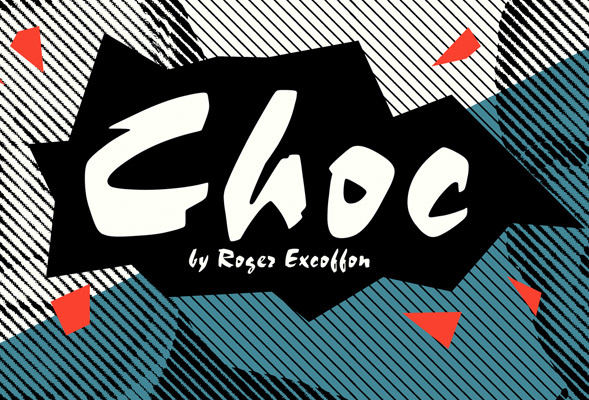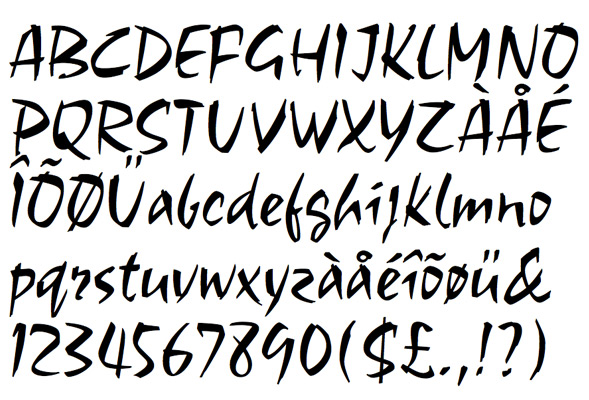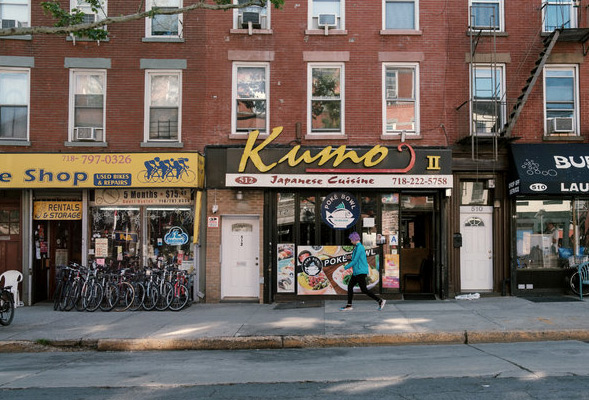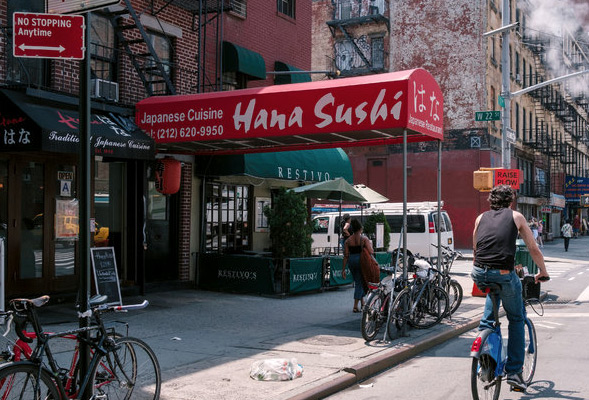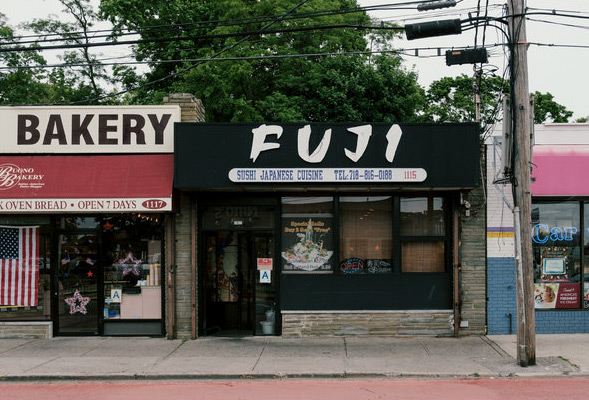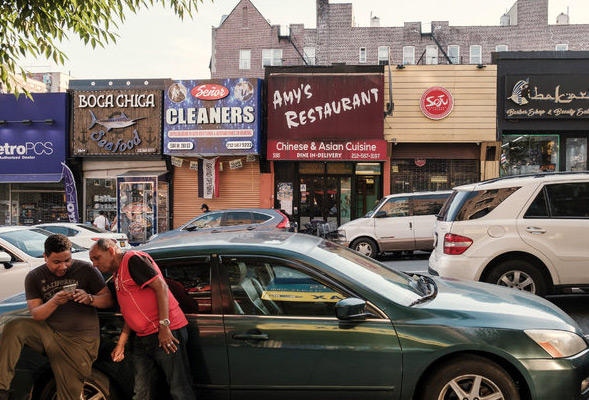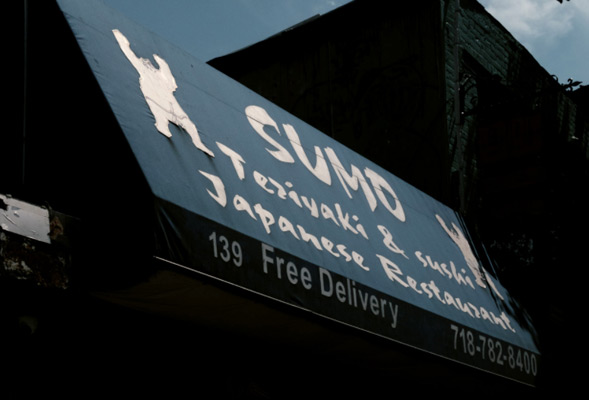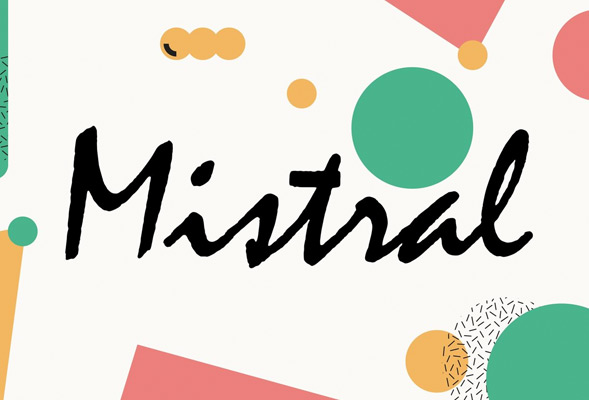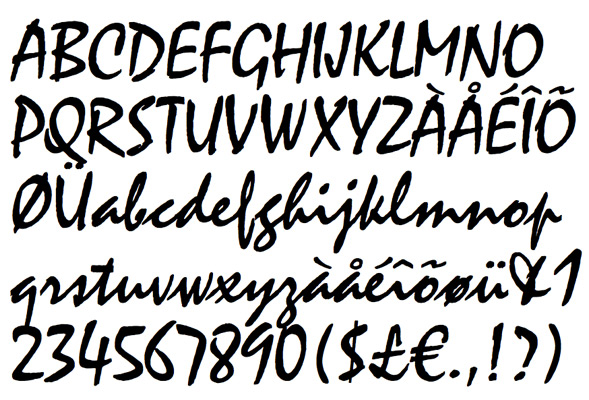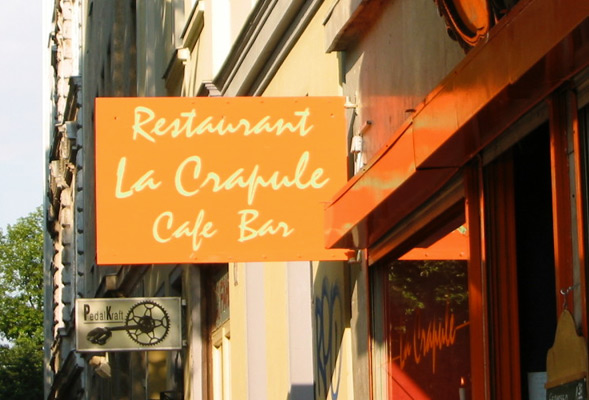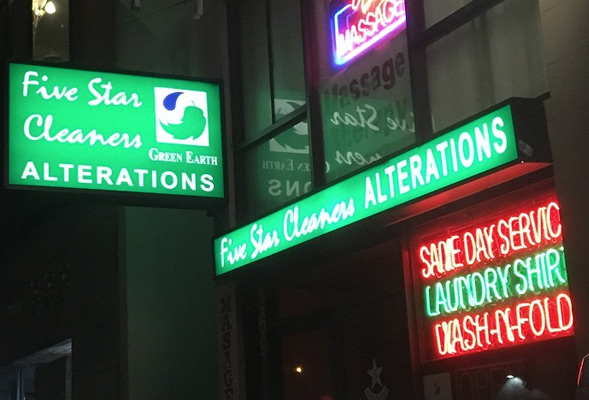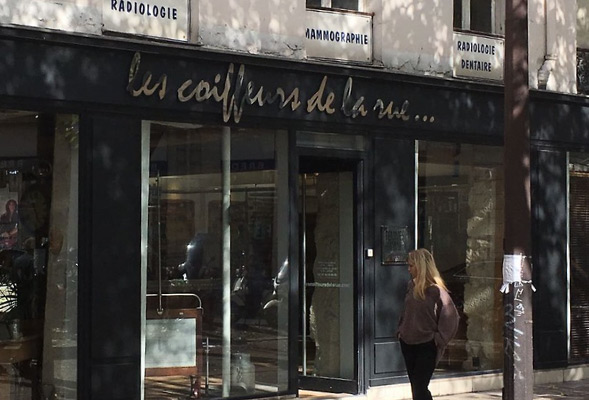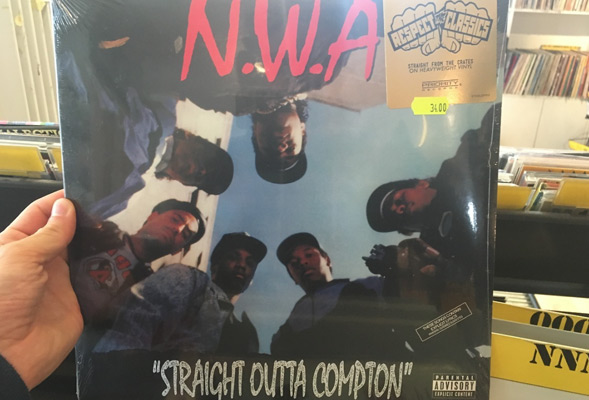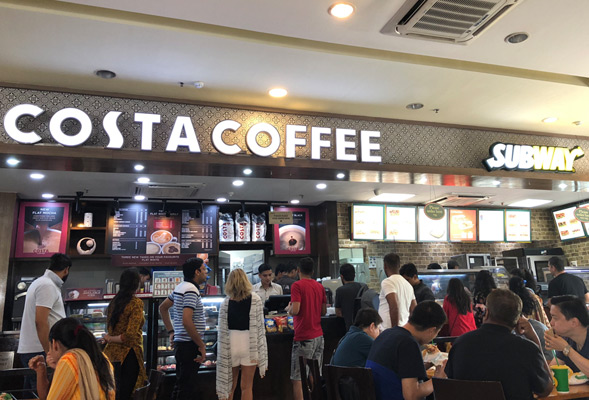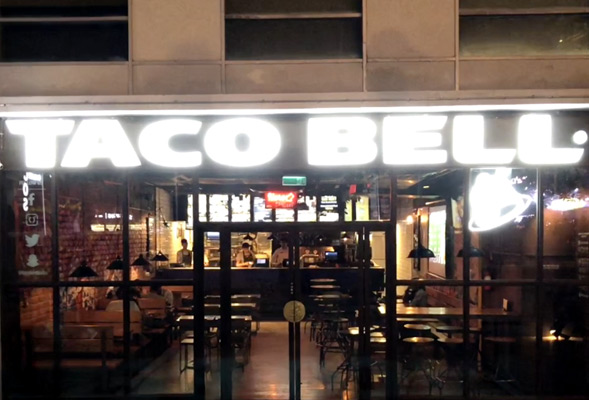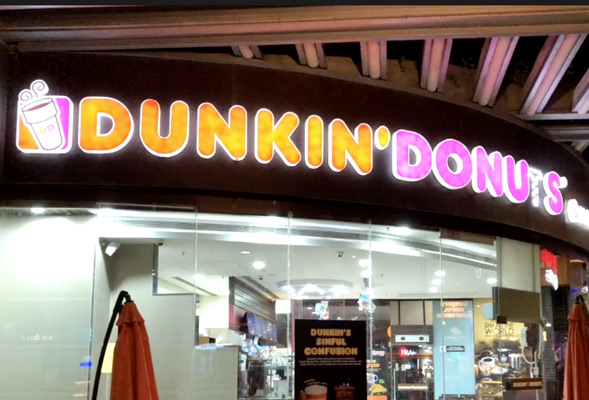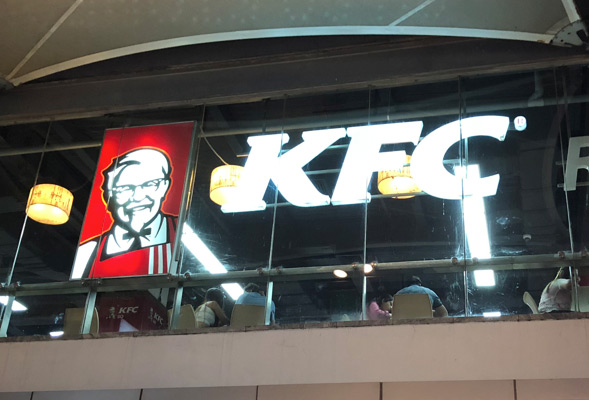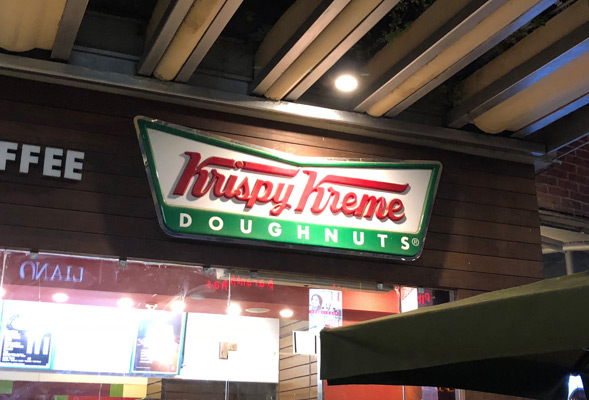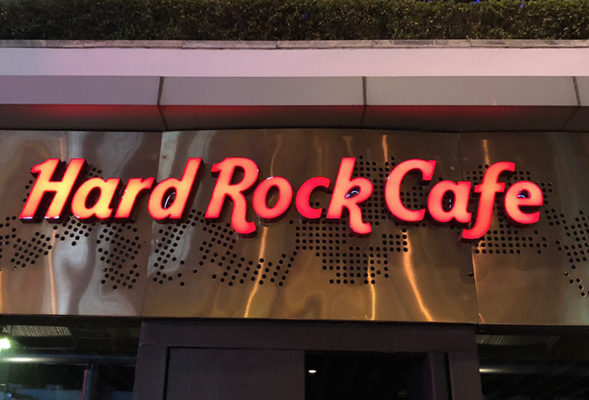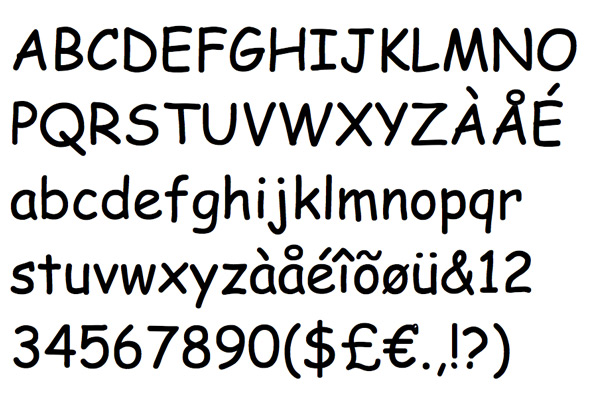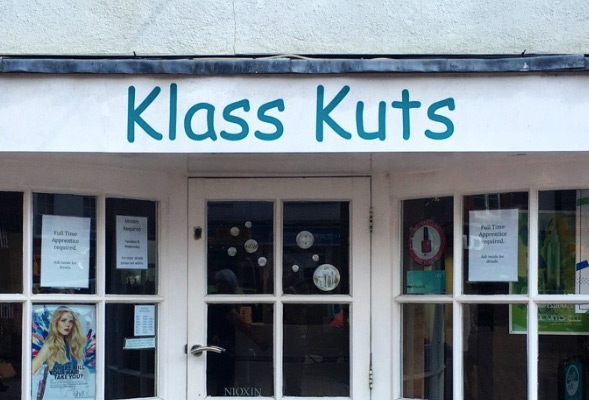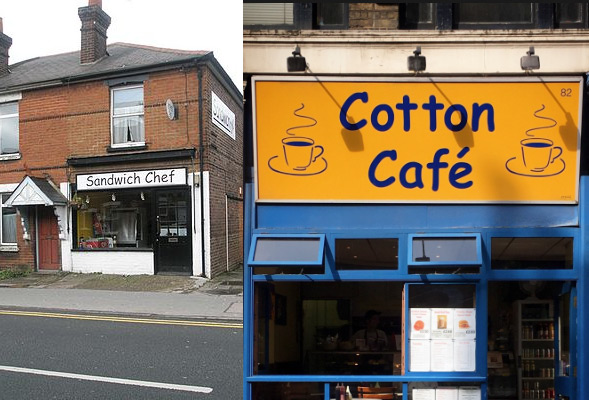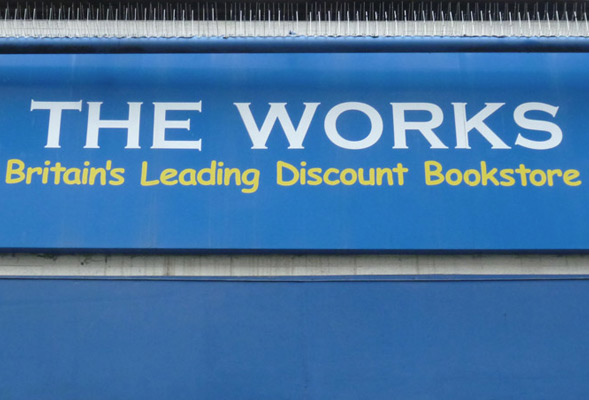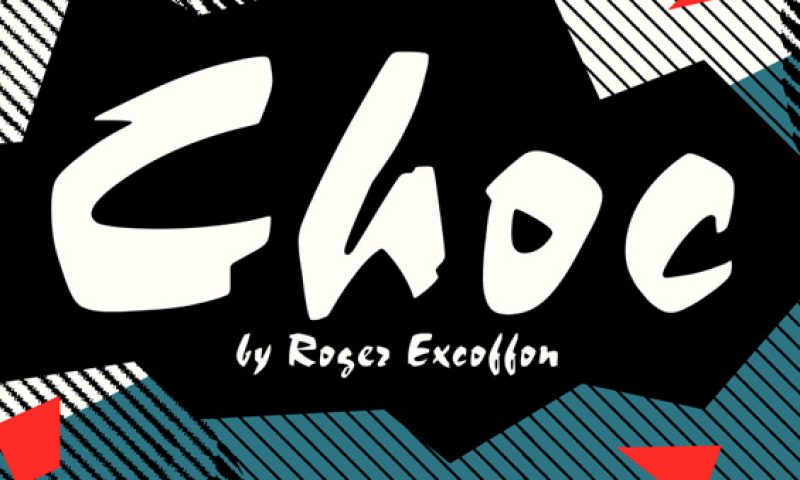
A Choc delight
The New York Times recently ran a story about a 1950s French font that, as they describe it, has ‘taken over’ New York. The typeface has proliferated on storefronts in parts of the city, especially on Asian food shops and restaurants signage. It’s a script font called Choc and was designed by Roger Excoffon.
Excoffon, was a French typographer and graphic designer who created a range of typefaces during the 1940s and 1950s. He produced lots of fonts but is best known for his script typefaces especially Mistral, a distinctive and long enduring brush script based around his own handwriting. Apparently Choc grew out of his failed attempt to produce a bold version of Mistral.
In a weird parallel with New York, the city of Montréal adopted Mistral and it became prevalent on signage in that city. The theory is that Mistral became popular in french speaking Montréal because of it’s French origins and that in a time before digital licensing of fonts, a style could take hold in a city or a region and become become entrenched in that area. But that doesn’t explain how Choc has become so popular in New York.
It wasn’t until the 1960s that technology came into play in the production of signs, allowing for typesetting and use of vinyl. Before that they had to be hand painted and manufactured. It’s likely that there weren’t that many signage companies and they only offered a limited range of typefaces to their customers. But why Choc? It seems that a version of Choc called Staccato 555 was packaged with CorelDraw in the early 90s. As any designer who has ever produced signage knows, signmakers tend to use basic Windows-based systems that link up to their production machines, so having limited fonts available is no surprise.
Although Choc is used on lots of different shopfronts it also seems to have
become the go-to font for Asian food outlets. With the spread of global brands of chain restaurants, a lot of cityscapes have become very generic. While digital technologies make it easy to access any font from anywhere around the world, a shop owner who goes directly to a sign manufacturer is still likely to be offered a small range of fonts and styles to choose from. So if there is room for local idiosyncrasies and trends, in an era of signage blandness and conformity, it can only be a good thing.
Restaurant signage in New Delhi – it could be Detroit or Dublin.
That of course doesn’t mean that the use of fonts like Choc and Mistral are necessarily a good thing. Designers love to hate such overused script fonts but it would be unfair to lump them in with the likes of Comic Sans. True font nerds should know that the distaste for such script faces is triggered more by their overuse or misuse rather than the inherent design of the typefaces.
It’s 35 years since Roger Excoffon passed on, and whatever you might think about how the fonts are now used, you’d have to agree that it better that they are still in use than forgotten. In the meantime keep your eyes peeled for Choc and Mistral on you local shopfronts.
Hat tips to:
www.nytimes.com
www.eyemagazine.com
David Jordan – Digital Director
David set up the dedicated digital division of Neworld in 1999 and oversees the strategic approach, creative design and technical development of digital projects from websites to moving graphics and on-screen presentations. When not tinkering with computers, he wanders the streets, bumping into people as he stares at shop front signage.
Keep Reading
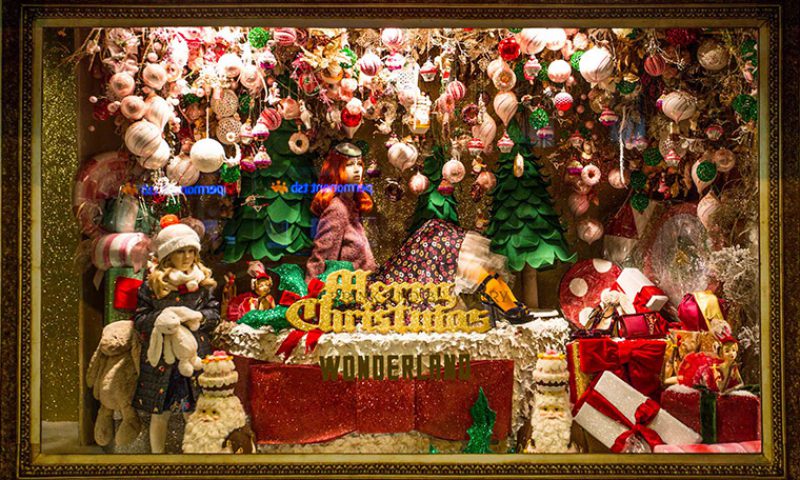
A Christmas Experience

The Perks of Coffee Packaging
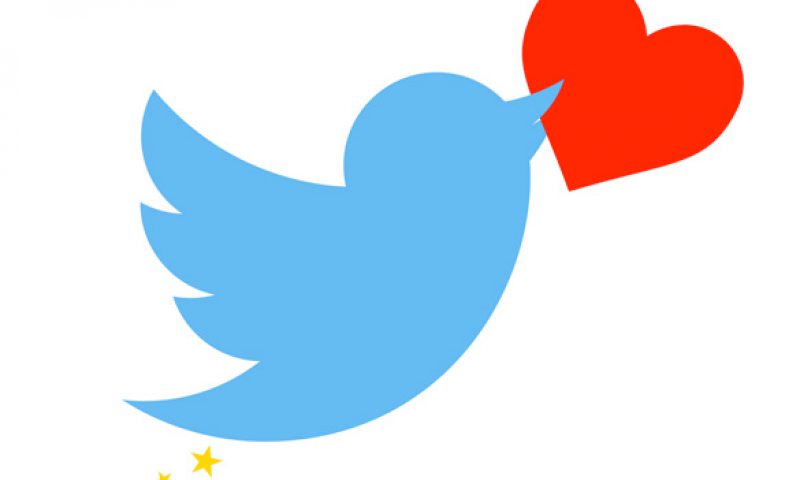
For the love of twitter
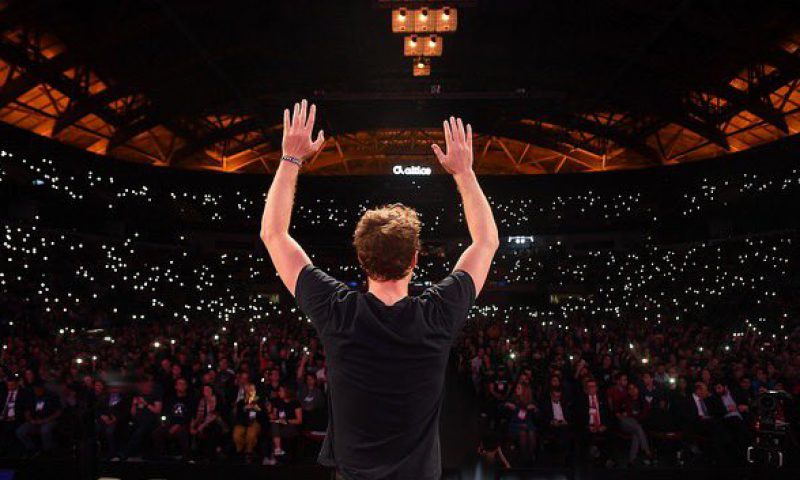
How the Irish are influencing tech
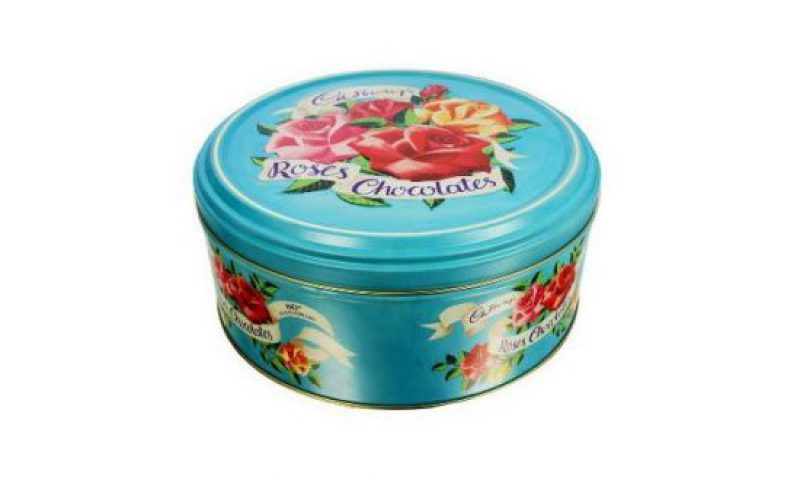
Seasonal Packaging – that lasts
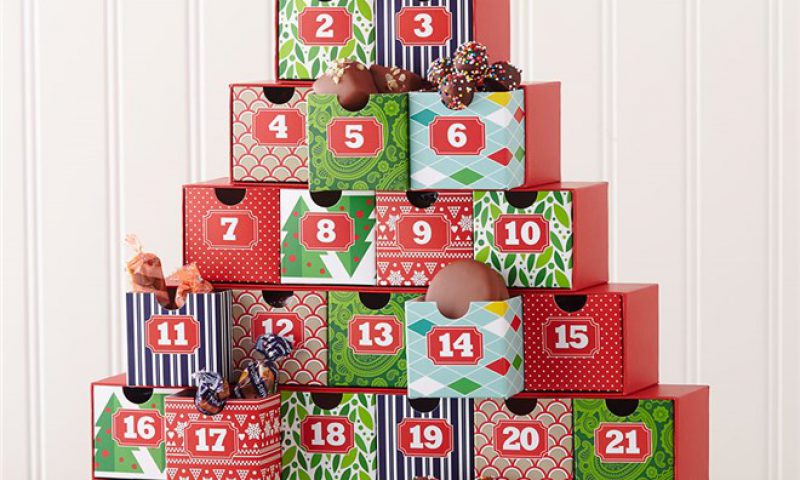
Advent Calendars
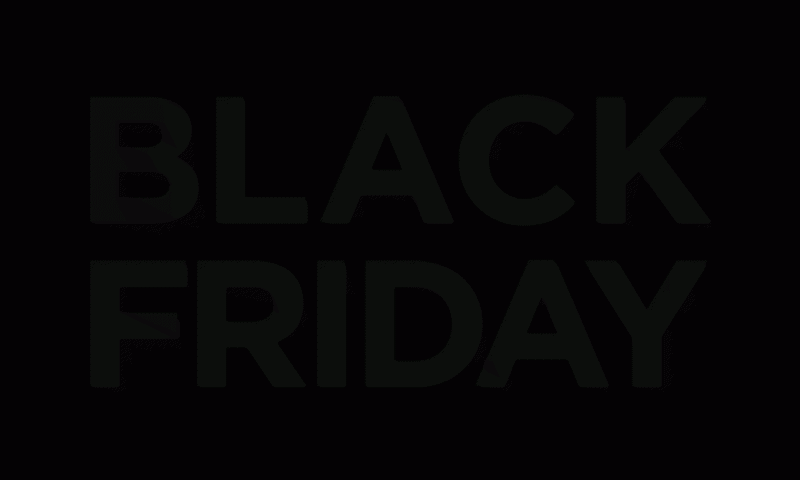
Happy Black Friday
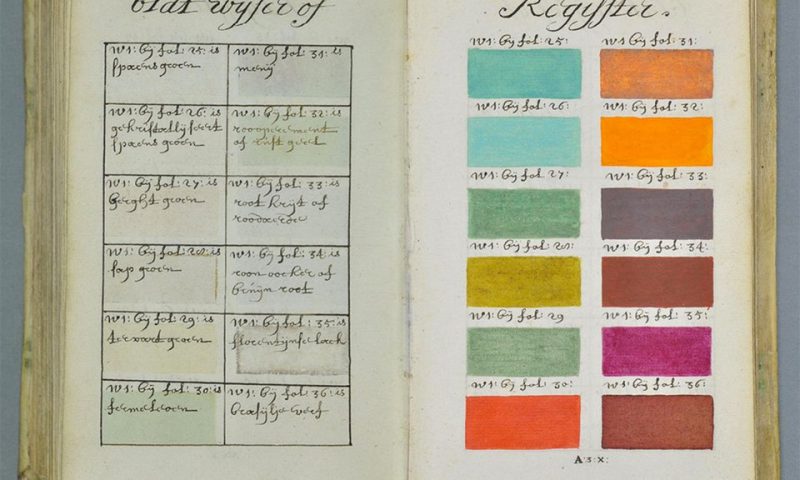
Before Pantone …

Is no brand the new brand?
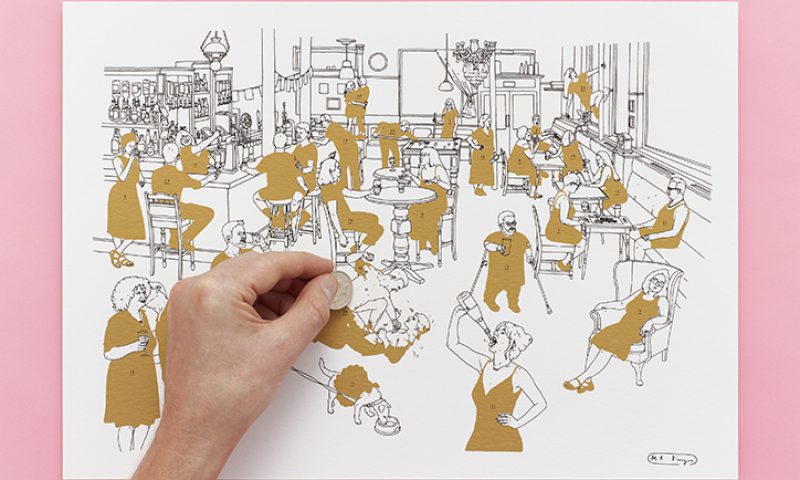
Neworlds Top 5 Calendars
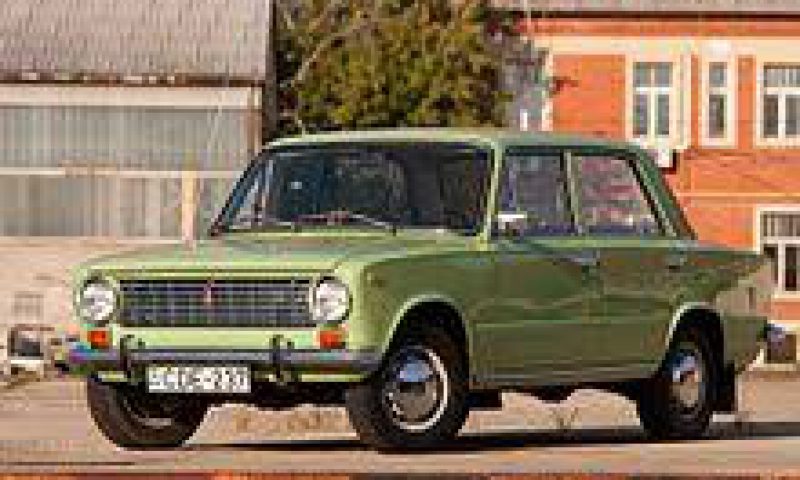
Why do consumers choose one brand over the other?

Hot food in cold weather
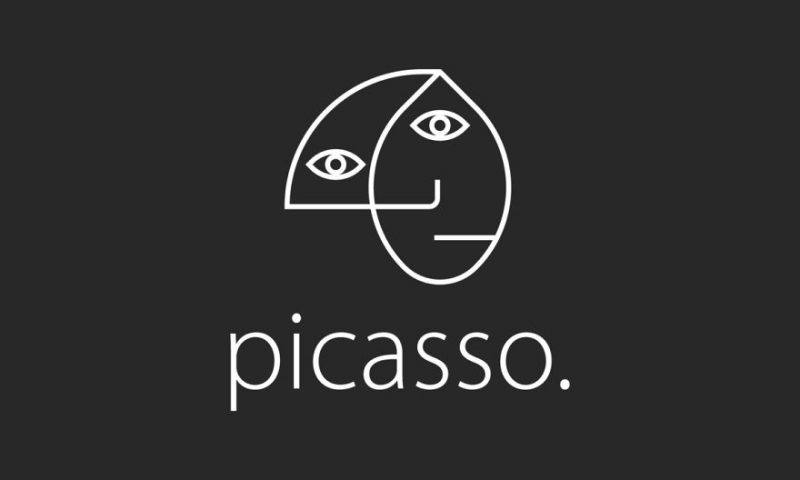
What logos of famous painters would look like

Igniting a spark of magic this Christmas

Make it Special – ring any ‘jungle’ bells?
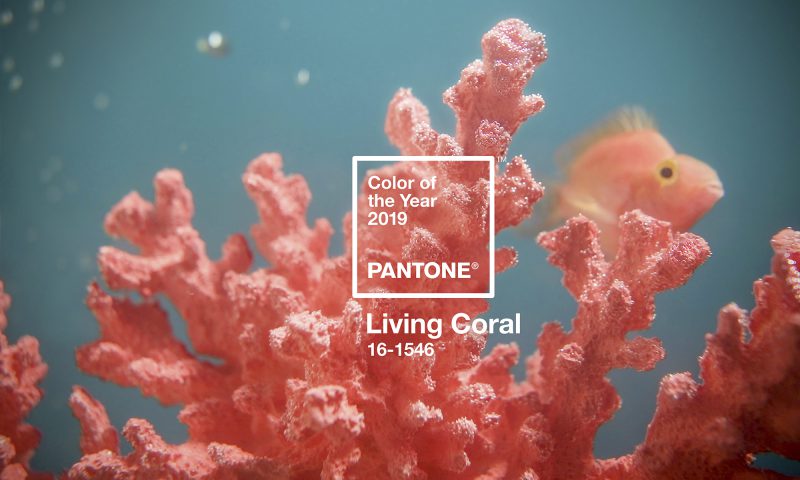
Pantone Colour of the Year 2019

Presence, Not Presents this Christmas
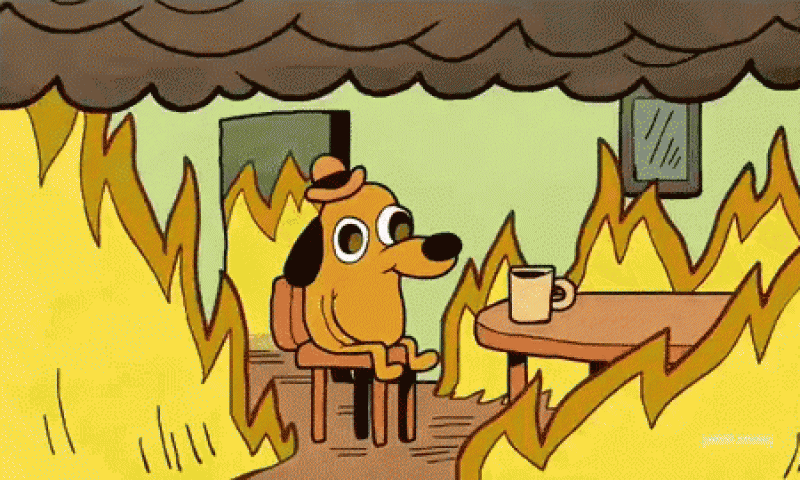
Tales of a survived intern

New WordPress on the Block

